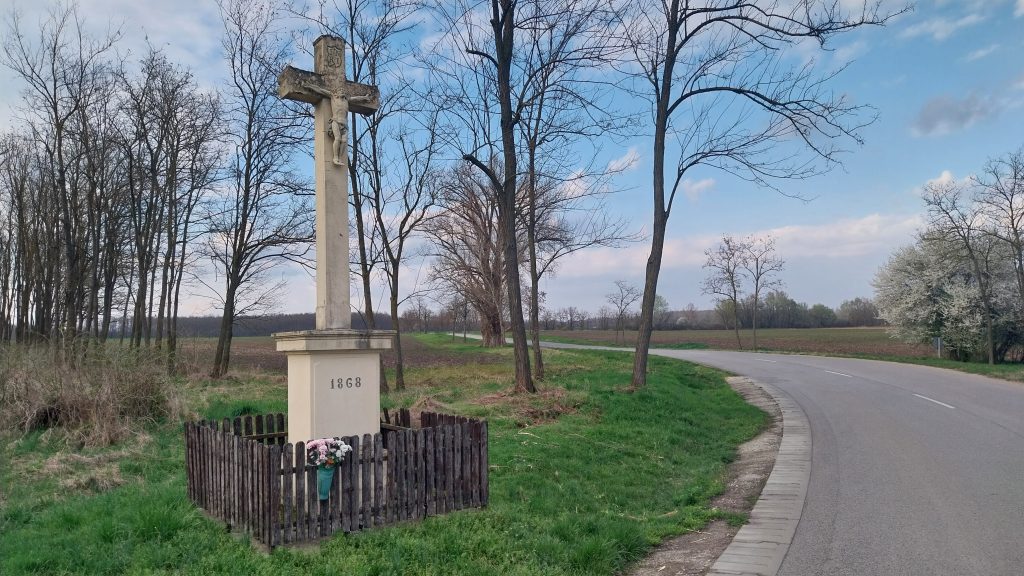They preserve the memory of missions, places of vows, works protecting land and crops, but the roadside crosses also served as orientation points.
Walking the country roads, it is almost certain that everyone has come across simpler or more ornate stone crosses. These works had several functions in the folk tradition. A significant part of them preserves the memory of the Jesuit people's mission, but crosses were placed on the edge of the field against natural calamities to protect the land and crops and were also used as orientation points by the ancients.
According to the definition of the Hungarian Ethnographic Lexicon
outdoor crosses or so-called religious symbols or groups of statues that were not erected on the scene of the church's liturgical actions (church, calvary) are called roadside crosses.
But during our travels, they stand not only on roadsides, but also in notable or prominent places (riverbank, village edge, fields, beginning of vineyards, scene of accidents and disasters). In terms of their design, they can be the works of rural artists, master stonemasons, village carpenters, carving specialists, as well as cast, artificial stone and iron crosses.
The earliest memories of the roadside cross are known from the border of Sopron:
the so-called "Resting Cross" is from the Romanian period, the "Baker's Cross" is from 1484. Formally, neither is a cross; we do not know for sure about their original purpose. The 17th no. from the second half of the 20th century onwards - also mainly in the Sopron area - several roadside crosses and groups of statues kept on them have survived, the inscriptions of which often indicate that they are votive monuments.
Most of the roadside crosses preserve the memory of Jesuit popular missions, which can be found throughout Hungary, except for the one between the Danube and the Tisza. There are written records of the placement of crosses from 1718 onwards. These mission crosses were placed to ensure the effect as much as possible after a successful mission and farewells were often held there.
In some places, the crosses carried during the penitential procession were consecrated and set up in the fields and vineyards against natural calamities. The plague crosses from the 18th century are more sculptural works, consisting of the statues of saints protecting against diseases (St. Sebastian, Fábian, Rozália, Rókus, etc.).
The Magyar Katolikus Lexikon writes that roadside crosses also had an orientation role in daily practice, they determined the end or beginning of a geographical landscape unit - such as a field, arable land, village, homestead, estate. For a similar reason, these creations stand on mountain and hilltops.
For the thinking person, climbing the mountain peak also meant climbing to transcendence, to the cross, because at the foot of the cross, one senses and understands that one has arrived at the limit/end of one world and the perception of another world.
says the lexicon.
In the world of folk customs, women and girls took care of these crosses, they brought fresh flowers every week and lit candles on holidays.
Even today, it is worth stopping at a roadside cross, as you can come across hundreds of years old works, and many of them are truly impressive works. The writer of these lines has also stopped at several stone crosses while visiting the Haneság - a perfect place for a few minutes of reflection and meditation.
Featured image and source: SokštátVidék












